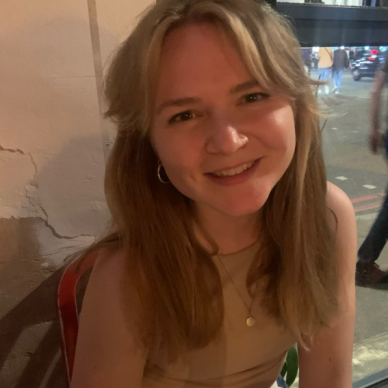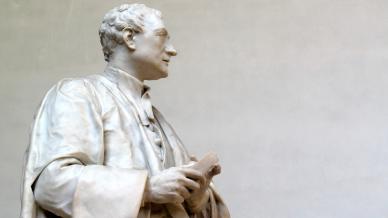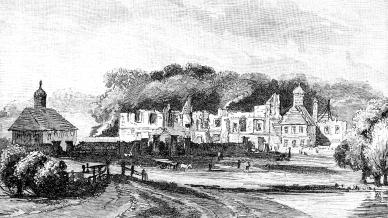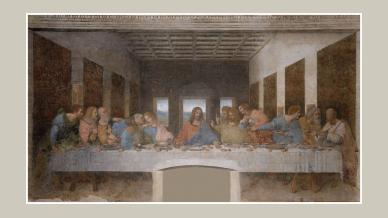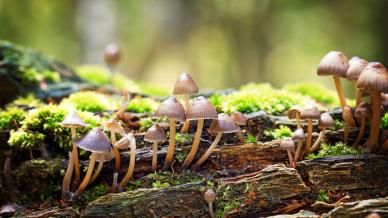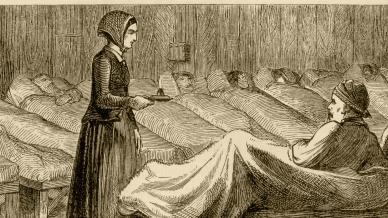Robert Fortune was born in the early 1800’s near Glasgow to a working class family. From an early age he showed promise in botany, which eventually led him to take up a senior post at the Horticultural Society in London.
You might be asking what a botanist working for Horticultural Society has to do with the contents of your tea – but behind this middle class façade lay the makings of a spy (or perhaps some would say a thief). One that would eventually masquerade himself into the Chinese court and gain access to the highly guarded tea plantations of China. Why was there so much secrecy? We might now associate tea with plantations in India and Sri Lanka, but this was only due to the actions of Robert and fellow plant hunters.
Before then, China was the only nation with both the plants and knowledge on how to manufacture tea. China was keen to maintain this control and made it illegal for their merchants to sell foreigners any part of the tea plant – including the seeds. This meant China had a monopoly on the price and quality of their product – making it a difficult nation to haggle with. For Britain this was further complicated by its refusal to stop bringing in opium into China, which exacerbated the opium crisis that was devastating China at the time. The Chinese Emperor even wrote to Queen Victoria on the matter and with every unanswered letter, diplomatic relations between the two nations worsened.
Here is where we come back to Robert Fortune. As part of his role for the Horticulture society, Robert had travelled to the Far East to learn more about the plant life there. He’d written of his travels – including his experience learning of new plants and fighting off pirates and bandits. This captured the Victorian imagination and the attention of the British East India Company. A representative of the British East India Company tracked Robert down and in 1848 commissioned him on a top-secret trip to China's interior. This was an area forbidden to foreigners. Robert’s mission: learn the manufacturing process and steal the tea plants. It was a job fraught with danger, but hard to resist when the pay was almost £500 per year – which was five times Robert’s existing salary.
Donning the disguise of a fellow countrymen, Robert with the help of a Chinese servant named Wang, gained access to a tea making factory. Here he pretended to be a nobleman with an interest in tea – which neatly meant he didn’t have to do any of the talking. In the factory, Robert learnt about the complicated manufacturing process of tea. This included the conditions under which the tea plants needed to be picked, cooked and dried. He had to be careful not to draw any attention to himself, so as he walked around the factory he took careful notes hidden from those around him. This knowledge, however, was only half the mission. Without at least some of the seeds to take back to India, England would still be at the mercy of China for their growing thirst for tea.
The next stage was stealing the seeds and getting them out of China to the hot climates of India, which would suit the tea plants. This would take multiple attempts as often the seeds would die in transit. Robert would have to steal and often wade into China’s black markets. On one occasion it even led him to jumping the fence of a heavily guarded tea plantation that would result in a gun fight with soldiers.
Eventually he began to succeed and in total managed to introduce 20,000 seeds into India, where colonial authorities began to create tea plantations worked by the Indian farmers. Thus the tea bubble popped with China losing its monopoly on the product.
Want more where that came from? Explore our history courses here.

